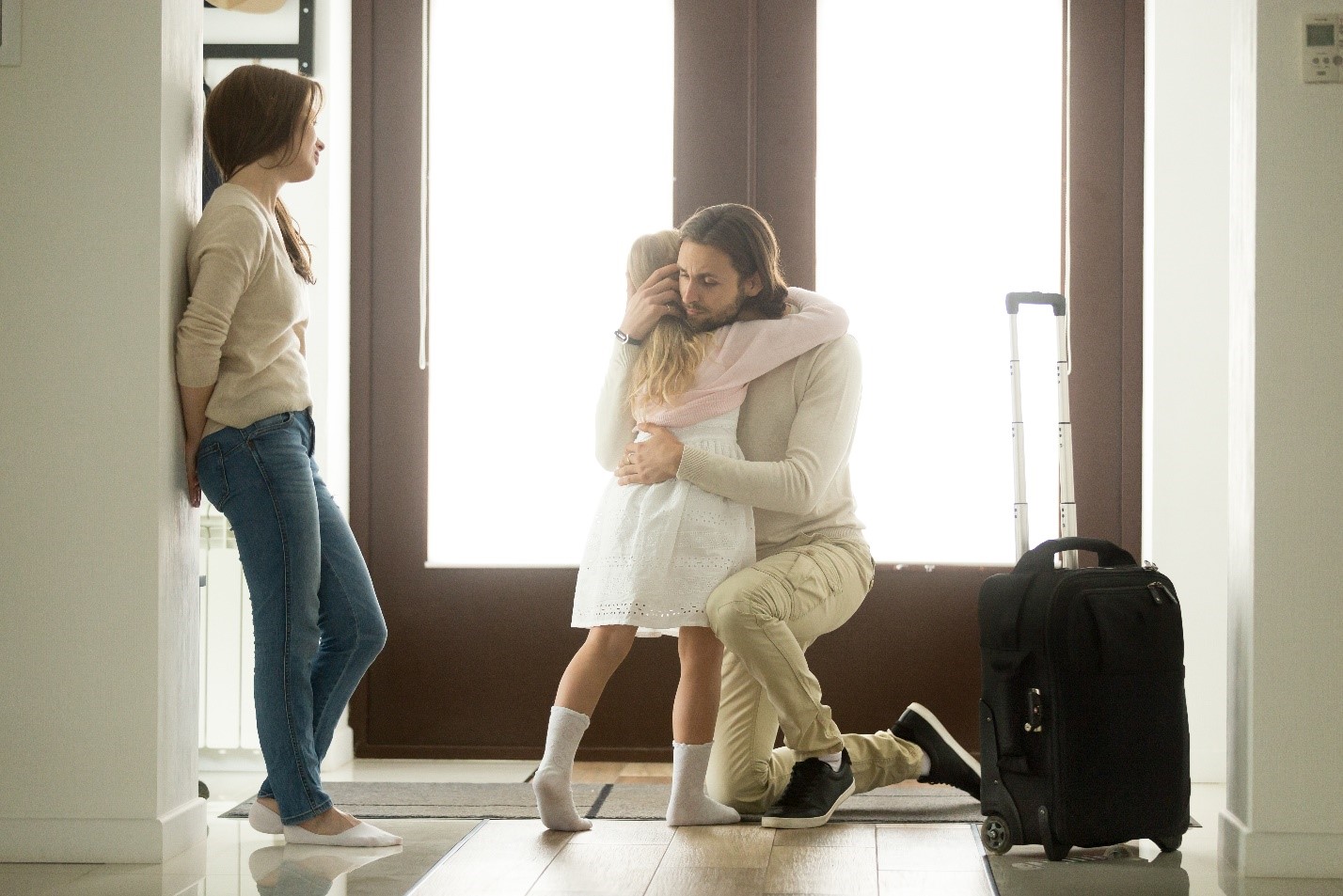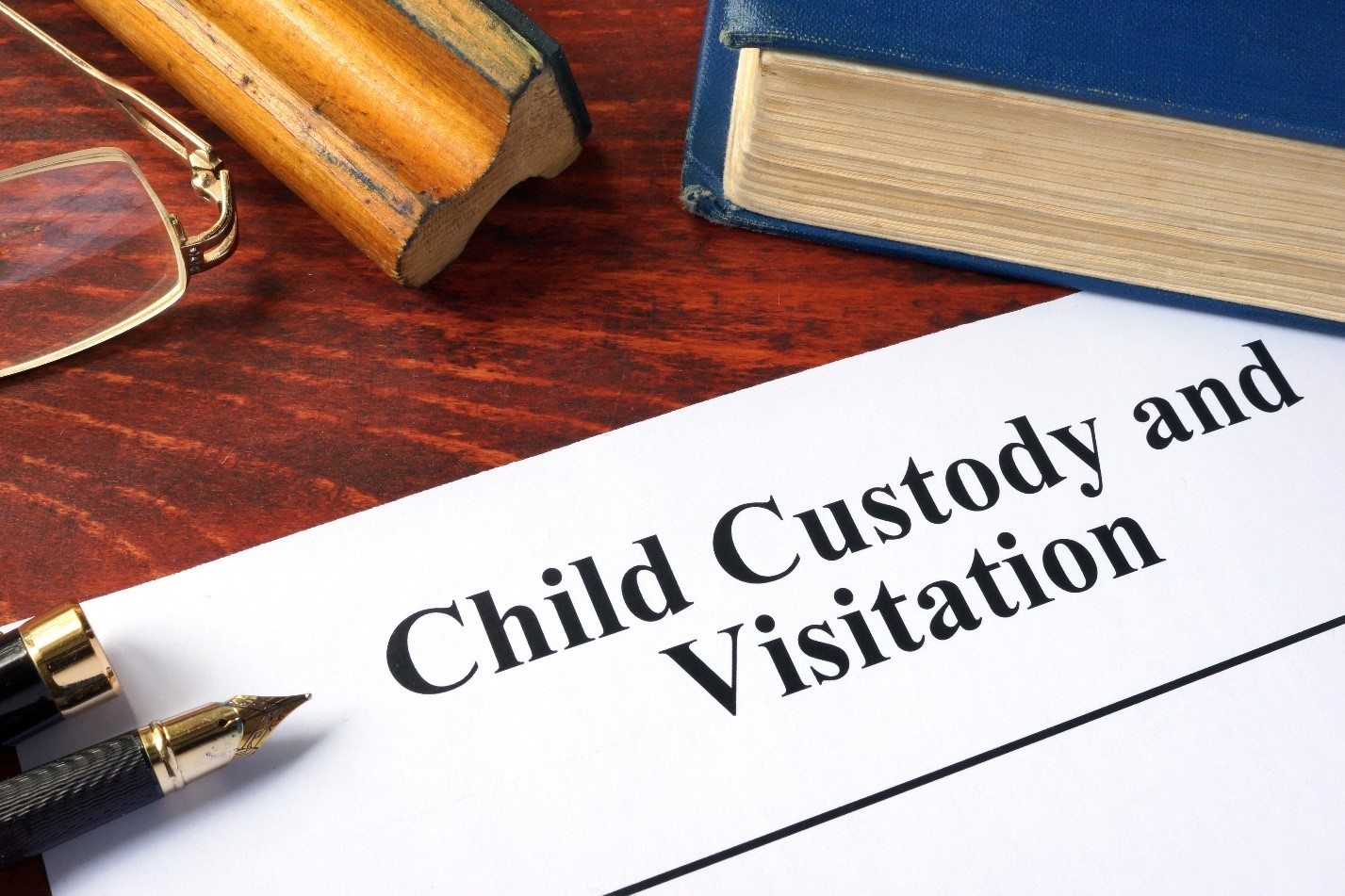Several studies have proven the impact of a child’s upbringing on his/her adult life. To this end, most parents will aim to build the best environment for their children to grow up in and transform them into the best adults they can be.
A few might set out to be single parents, but in most cases, people aim for a complete family unit for raising their kids. While you might work hard to ensure your child has both parents always present, several elements can affect this dream.
You might at this time need an Albuquerque-based family lawyer to help you get custody of your child. In most cases, the court will work hard at ensuring your child has access to both of his or her parents. Though the amount of access a non-custodial parent has depends on his or her distance from the custodial parent’s house, there are times when courts will limit visitation rights.
Here are some limits the courts might place in your custody case.
Supervision
The courts might only allow a non-custodial parent to have supervised visits if there is a risk that he or she will misbehave around the child. This is mostly in cases where a parent has been accused of physical or mental abuse or inappropriate acts around kids.
The courts will appoint a supervisor in this instance for the visits to guarantee the child’s safety even as he/she interacts with a parent.
Therapeutic Supervision
Unlike in simple monitoring, where the purpose is a child’s protection, therapeutic supervision is meant to improve a person’s parenting skills. In therapeutic supervision, courts will appoint a mental health or childcare specialist to assess your interaction with the child and advise you on the areas you should improve in your parenting.
If you are undergoing treatments for conditions that might affect your interaction with the child, the courts can allow you to use the doctor you are already working with.
Neutral Exchange Place
Sometimes, something as simple as the transfer of your child to your partner places you and the child at risk. This typically happens when the non-custodial parent is physically or emotionally abusive, and even a fleeting interaction during the child’s exchange can trigger some form of violence.
The courts will thus recommend the exchange take place in a neutral place like the park, library, or mall to minimize the chances of abuse.

Monitored Transfer
Other than a neutral exchange point, the courts might also recommend a supervised transfer of your child. This happens in cases that involve high degrees of violence between parents that can even happen in a neutral location.
In a monitored transfer, there will be a neutral party during the child’s transfer to guarantee the parents are cordial.
The decision of the courts when awarding custody primarily depend on a child’s best interest. The above limits are guaranteed to ensure your child has the best possible environment for growing up even though his/her parents are not living together.
You should pick the best attorney for your case to ensure the limits work for your situation and keep your child safe while guaranteeing the best parenting your child can get.
Related Posts












